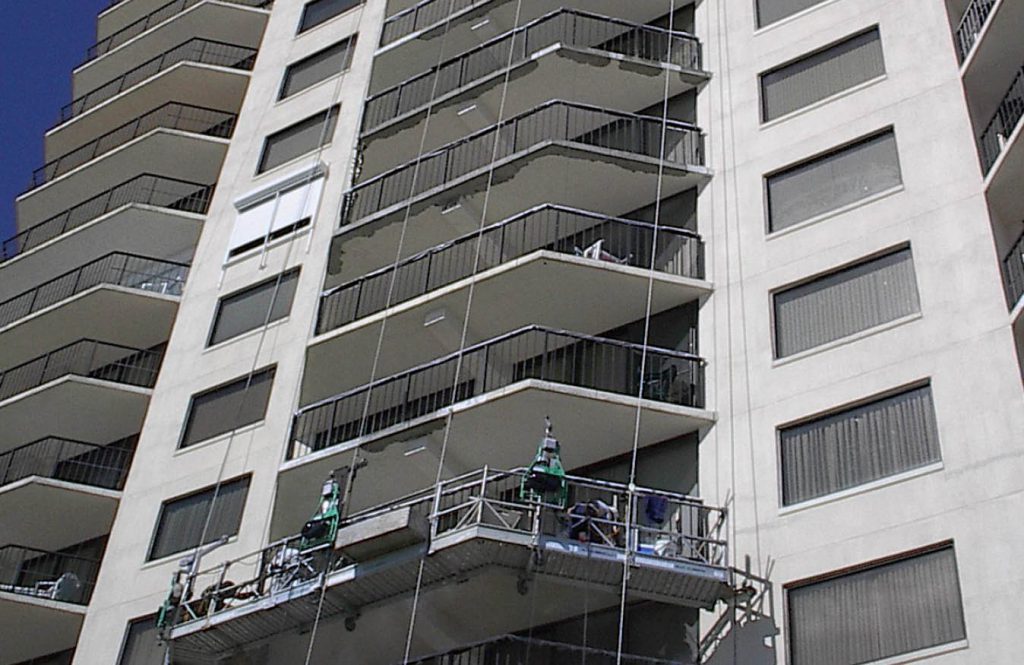Getting reinforced concrete right is hard (much like the stuff itself). To help make sure that the European construction industry is installing, protecting and repairing it properly, the BS EN 1504 standard was developed.
There are ten parts to this standard, covering topics such as test methods for material properties and specification for key repair materials (coatings, mortars, bonding agents and injection materials). BS EN 1504 also includes general principles for repair work and a standard for applying products and systems onsite.
One of the key sections is BS EN 1504-9, which sets out the methods for concrete repair and provides a guide to choosing the right products and systems for the task at hand. Another important part of the standard to know is BS EN 1504 Parts 2-7, as this classifies the different products that can be used. Part 10 also details the requirements for site application and quality control.

When embarking on a concrete repair project make sure you’ve followed the guidelines in BS EN 1504
Adhering to this standard is important and has become a must for many players in the construction world including specifiers, particularly those operating under public procurement rules.
Specifying to BS EN 1504
When working out what product to use to repair some reinforced concrete, there are six steps in the correct BS EN 1504 specification process:
- Assess the damage by examining the original design, surveying its present condition as well as taking into account the environment and history of the structure.
- Assess the options for repair by considering the building’s use and design life as well as the performance of the repair systems available.
- Choose one of the 11 repair principals depending on the problem at hand. For example Principle 1 concerns protection against ingress of chemicals and water while Principle 9 on cathodic control is about preventing rebar corrosion.
- This is when the engineer has to choose the correct repair method.
- The right materials for the task at hand now need to be picked depending on what has been learnt in the preceding steps.
- The final specification is settled upon to repair the concrete, carry out the work and test it.
BS EN 1504 covers a lot of ground (pun not intended), if you’d like to get your hands on a copy of the full standard for a bit of not-very-light reading you can download it from here.





